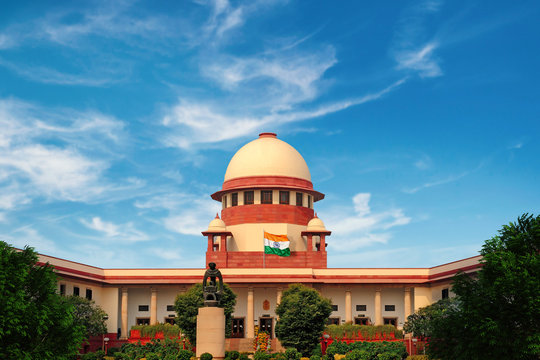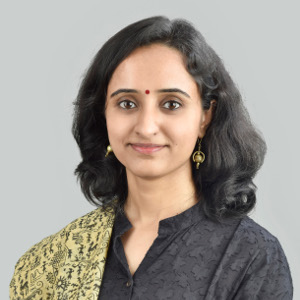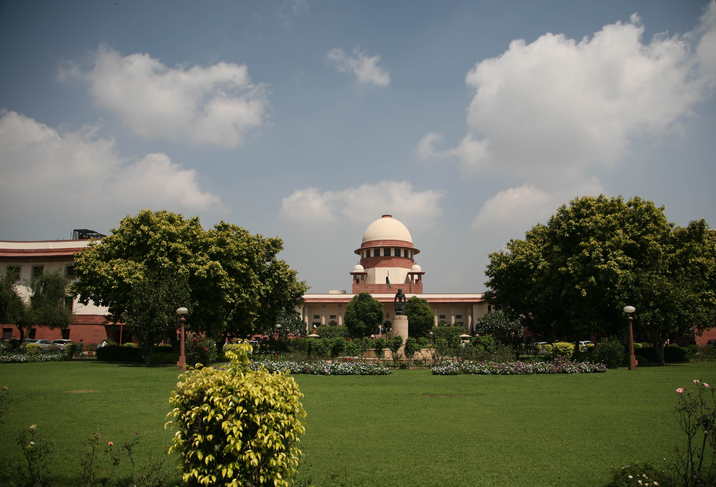
Working Paper II – Timing Oral Submissions: A way forward
Differentiated Case Management for Indian Judiciary
Summary: Working Paper II – Timing Oral Submissions: A way forward
The Supreme Court’s emerging practice on timing oral arguments
For the longest time in 2022, the Supreme Court of India did not have a single active Constitution Bench. This stemmed from the fact that Constitution Bench hearings have historically been long-drawn and protracted. Considering that these cases also reserve the time and resources of a minimum of 5 judges in any hearing, it became difficult for the Supreme Court, reeling under high pendency, to regularly constitute these benches. The systemic de-prioritisation of Constitution Bench cases meant that substantial legal and constitutional questions remained unanswered. As a result, when the court finally started listing Constitution Bench matters again, it adopted an unprecedented practice of limiting oral argument time for advocates.
Issues identified
With the data available at hand, this paper delves deeper into the court’s emerging practice on oral arguments and assesses its viability.

The graph above depicts the number of hearings allocated by the court versus the time taken by the lawyers to complete oral arguments in 4 cases. Though data is too limited to draw any generalised conclusions, a preliminary analysis shows that the court spent 2.75 more hearings on average on these cases than envisaged (one hearing is equivalent to listing a case for one day for any duration).
Further analysis of the livestream videos of the Same-sex Marriage case, the Maharashtra Assembly case and the Group of Companies Doctrine case has resulted in the following conclusions –
- Allocation of time to advocates for their arguments is ad-hoc, sporadic and not accompanied by an underlying rationale.
- 24 out of 40 advocates in these three cases were not given any time limits while the remaining were asked to constrain their arguments according to timelines which were either pre-determined by the court or estimated by the lawyers themselves.
- On average, advocates, who were given a time limit, exceeded the allotted time by 1 hour 36 minutes, leading to an average of 2.8 more hearings in these cases than envisaged.
- Overall, the court spent 4,217 minutes or a whopping 70 hours on hearing these three cases. Accounting for the time of 5 judges, the court spent altogether 350 judge hours on 3 cases.
While the lawyers may still receive proportionate financial compensation for the time spent, the court does not benefit in any way by allocating more time to a case than is absolutely necessary. It is therefore necessary for the court to scientifically assess the actual temporal needs of a case and allocate judicial time accordingly.
A scientific framework for optimising judicial time
The first Working Paper published by the Justice, Access and Lowering Delays in India (JALDI) Initiative on DCM for the Indian judiciary proposed a scientific framework for ascertaining the maximum number of hearings required to conclude a Constitution Bench case. The suggested formula had two components to it –
- The maximum number of hearings an advocate should take in a Constitution Bench matter (0.45 hearings) based on the average number of hearings historically taken by advocates in such cases and
- Weighting the average with the complexity of the pending case to approximate the maximum number of hearings required, where case complexity was gauged using the preliminary metrics of the number of issues, laws, and precedents involved.
While these are most certainly significant factors that impact the judicial time required by a case, what the framework omitted to consider was the differential complexities inherent in the issues of law. No two issues of law under consideration before the court are the same and while one case may have a greater number of issues the other may have fewer but more complex issues requiring the same amount of judicial time, if not more.
The second Working Paper in the series therefore proposes a model that would enable the court, in the long run, to objectively determine the judicial time required by a case based on both the quantitative and qualitative case complexity factors. This requires the court to adopt a few easily implementable practices like mandatorily conducting a pre-hearing conference for cases to determine the complexity of issues involved and the time needed for arguments. The paper posits that once this is done in a sufficiently large number of Constitution Bench cases, statistical analysis can help ascertain the average time required for hearing cases with varying complexity levels. This average can then operate as the baseline to set time limits for advocates’ arguments in similar cases.
To read more, download the paper below.



